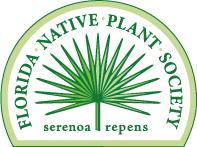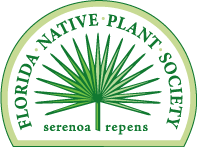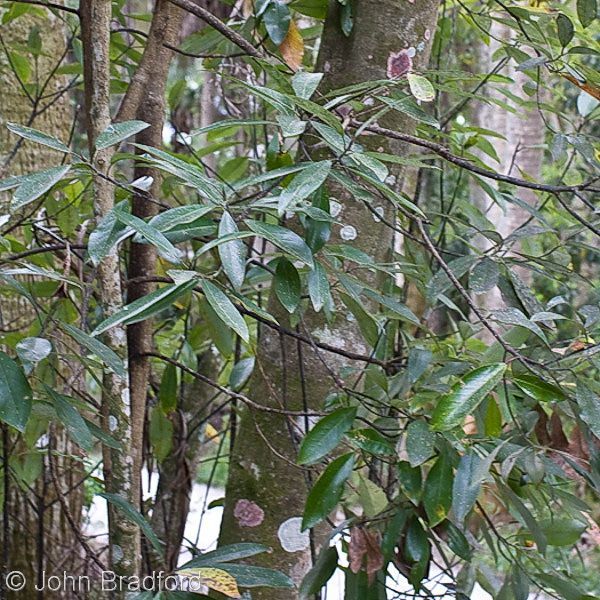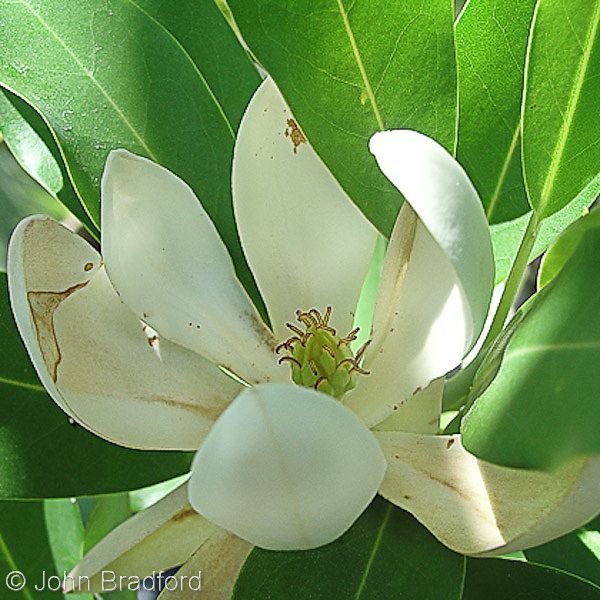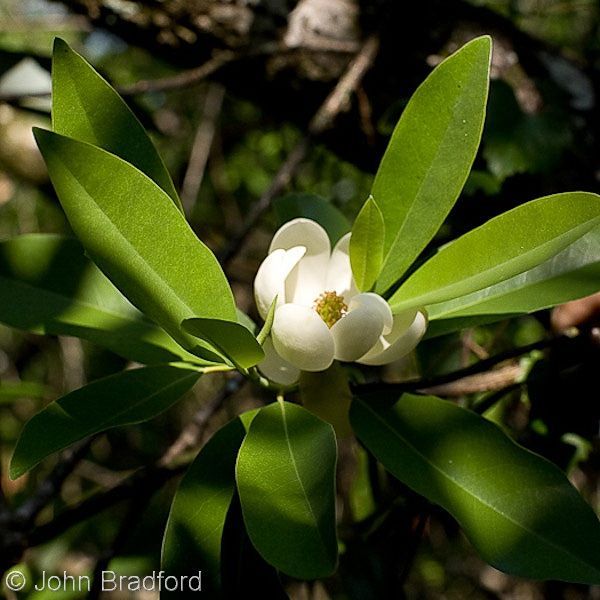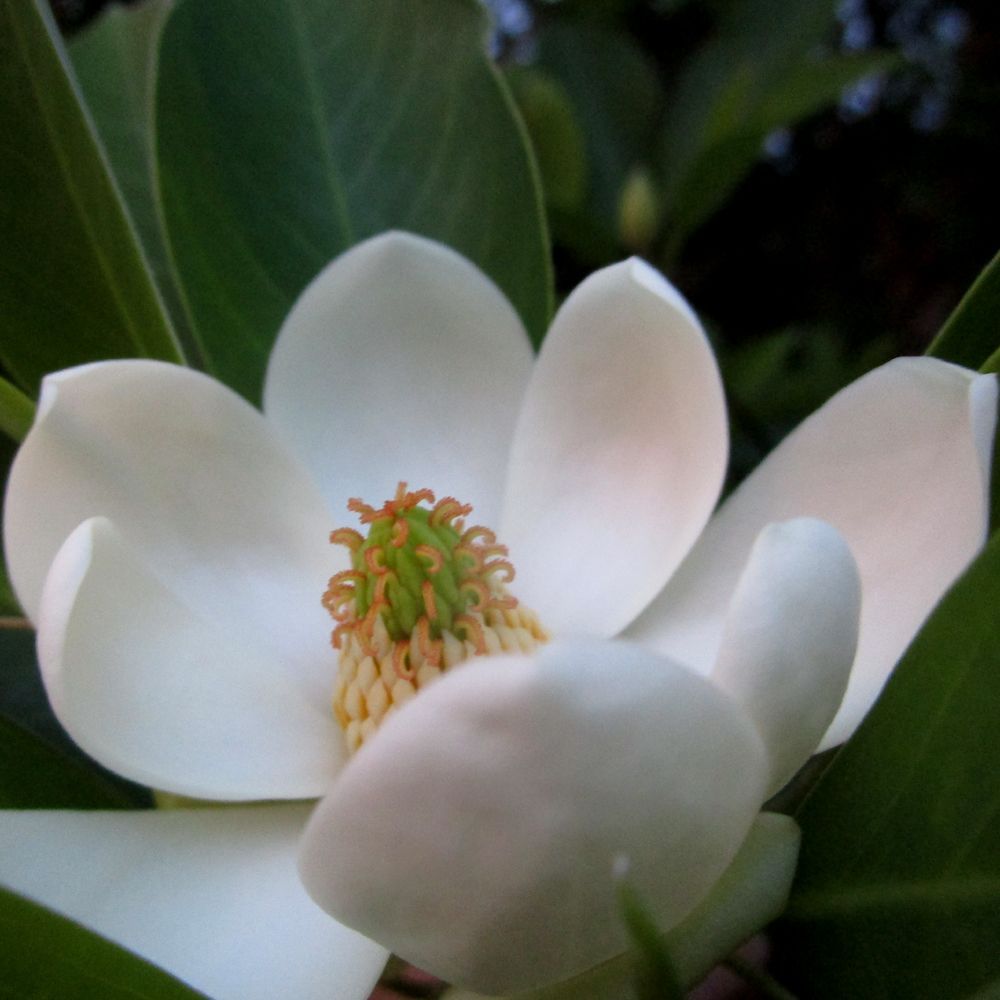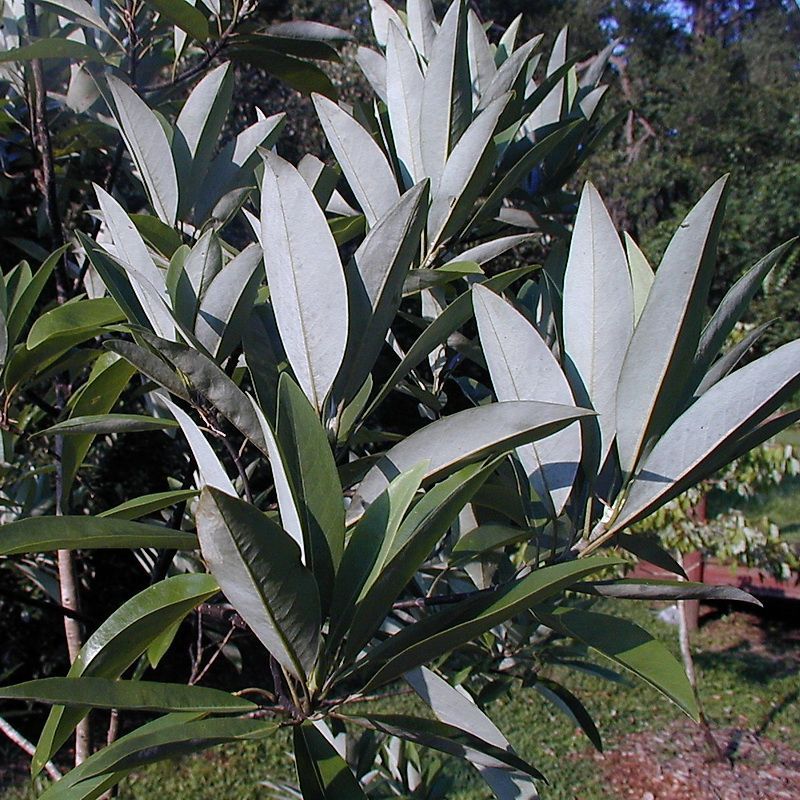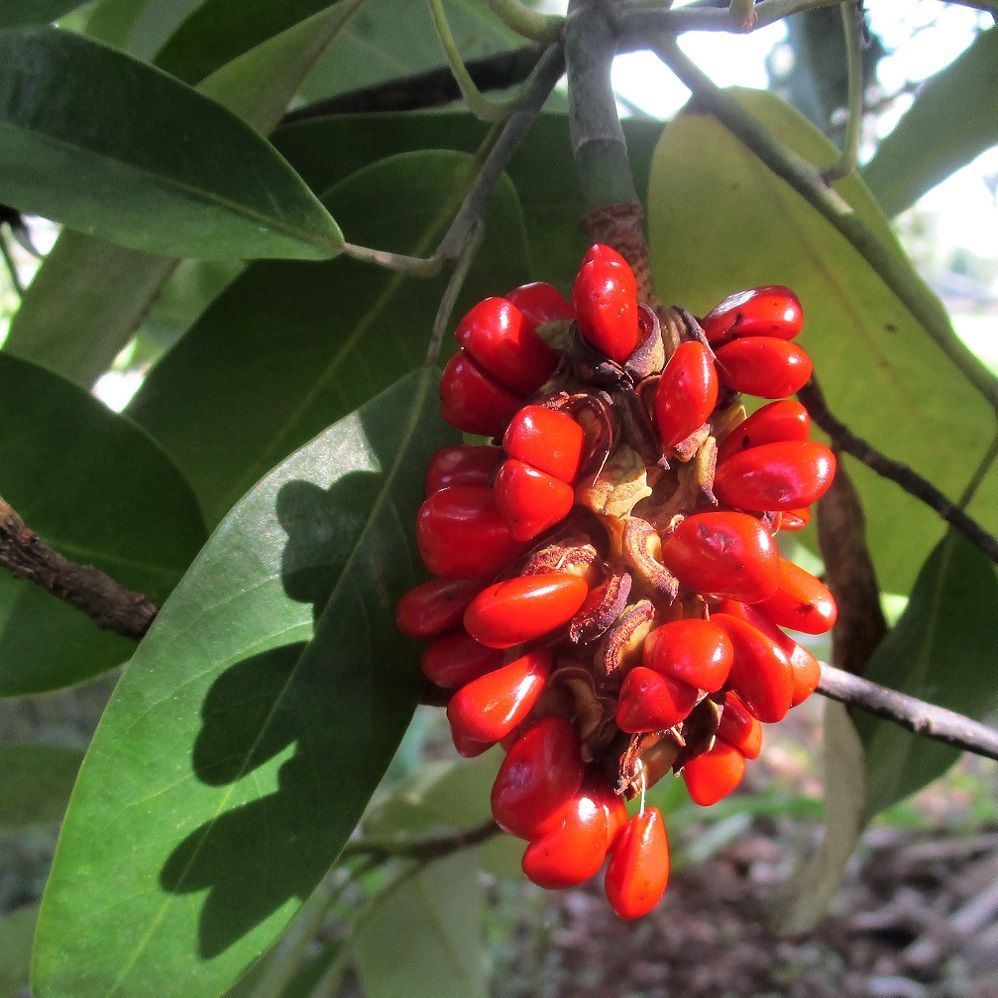FNPS Plant Database
Magnolia virginiana
Nomenclature
Common Name:
Synonym(s):
Genus species:
Family:
Magnoliaceae
Plant Specifics
Form:
Size:
Life Span:
Long-lived perennial
Flower Color:
Fruit Color:
Phenology:
Noted For:
Landscaping
Recommended Uses:
Considerations:
Availability:
Propagation:
Light:
Moisture Tolerance:
Always Flooded---------------------------------Extremely Dry
□□□□□□□□□■■■■■■■■■■■■■■■□□□□□□□□□□□□□□□□□□
Stays wet -to- Somewhat moist, no flooding
Salt Water Flooding Tolerance:
Unknown
Salt Spray/Salty Soil Tolerance:
Low/no tolerance of salty wind or direct salt spray
Soil or Other Substrate:
Sand, Loam, Organic
Soil pH:
Suitable to Grow In:
8A,8B,9A,9B,10A,10B

USDA zones are based on the average annual extreme minimum winter temperature.
Don't know your zone? Click here to search by zip code.
Ecology
Wildlife:
Larval host plant for Eastern tiger swallowtail ( Pterourous glaucus ).
Larval host for the southern tiger swallowtail. This butterfly is restricted to Magnolia virginiana.
Beetles are the primary pollinators. The flowers have a hardened carpel to avoid damage by their gnawing mandibles as the feed. The beetles are after the protein-rich pollen. Because the beetles are interesting in pollen and pollen alone, the flowers mature in a way that ensures cross pollination. The male parts mature first and offer said pollen. The female parts of the flower are second to mature. They produce no reward for the beetles but are instead believed to mimic the male parts, ensuring that the beetles will spend some time exploring and thus effectively pollinating the flowers ( In Defense of Plants blog).
Seeds are eaten by woodpeckers, kingbirds, red-eyed vireos, mockingbirds, robins, thrushes, crows, cardinals, squirrels, mice among others.
Deer browse leaves and twigs.
Fruits eaten by gray squirrels, mice, turkey and quail as well as a variety of smaller birds including vireos, towhees, blue jays, woodpeckers, kingbirds, mockingbirds, robins, thrushes, crows, cardinals, squirrels, mice among others
Native Habitats:
Natural Range in Florida:
Visit the USF Libraries Atlas of Florida Plants
Comments:
Ethnobotany:
General Comments:
The silvery undersides of the leaves are striking.
Erroneously listed as a host for palamedes swallowtail butterflies. Palamedes swallowtails only feed on native members of the genus Persea.
Citations:
Arbor Day Foundation. https://www.arborday.org/trees/treeguide/TreeDetail.cfm?ItemID=865.
https://www.pubs.ext.vt.edu/content/dam/pubs_ext_vt_edu/430/430-031/430-031_pdf.pdf (salt spray tolerance)
Burns, Russell M.; Honkala, Barbara H.; [Technical coordinators] 1990. Silvics of North America: Volume 2. Hardwoods. United States Department of Agriculture (USDA), Forest Service, Agriculture Handbook 654 ( https://www.fs.usda.gov/treesearch/pubs/1548 ).
Haehle, Robert G. and Joan Brookwell. 1999. Native Florida Plants. Gulf Publishing Company. Houston, TX.
Huegel, Craig, N. 2010. Native plant landscaping for Florida wildlife. University Press of Florida, Gainesville, FL. (wildlife uses)
Institute for Regional Conservation. Accessed 2021. Natives for Your Neighborhood. https://www.regionalconservation.org/beta/nfyn/plantdetail.asp?tx=Magnvirg.
Minno, Marc and Maria Minno. 1999. Florida Butterfly Gardening. University Press of Florida.
Nelson, Gil. 2003. Florida's Best Landscape Plants. Association of Florida Native Nurseries.
Osorio, Rufino. 2001. A gardener's guide to Florida's native plants. University Press of Florida, Gainesville, FL.
Nelson, Gil. 2003. Florida's Best Landscape Plants. Association of Florida Native Nurseries.
Tras, Pamela. 2001. Gardening for Florida's butterflies. Great Outdoors Publishing, St. Petersburg, FL.
University of Tennessee Extension Service. Desired Ph Range and salt tolerance of common nursery plants. https://extension.tennessee.edu/mtnpi/Documents/handouts/Fertility/Desired-pH-Range-List.pdf accessed 2021.
Watkins, John and Thomas Sheehan. 1975. Florida Landscapt Plants, Native and Exotic. University Presses of Florida, Gainesville. (light, soil, salt)
Wunderlin, R. P., B. F. Hansen, A. R. Franck, and F. B. Essig. 2021. Atlas of Florida Plants ( http://florida.plantatlas.usf.edu /). Institute for Systematic Botany, University of South Florida, Tampa.
